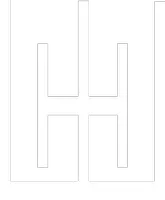Happy Hanukkah: The Festival of Lights

Hanukkah, also known as the Festival of Lights, is a joyous Jewish holiday that holds deep historical and cultural significance. Celebrated for eight days and nights (December 7-15, 2023), Hanukkah commemorates the miracle of the oil in the ancient Temple in Jerusalem. In this article, we will explore the history, traditions, and customs associated with Hanukkah, shedding light on the beautiful and meaningful aspects of this holiday.
1. The Historical Background
Hanukkah dates back to the second century BCE when the Jewish people were under the rule of the Seleucid Empire. The Jewish revolt led by the Maccabees against the oppressive regime resulted in the rededication of the Second Temple in Jerusalem. The miracle of Hanukkah is said to have occurred when a small amount of oil, enough for only one day, miraculously burned for eight days, allowing the rekindling of the menorah (a seven-branched candelabrum).
2. Lighting the Menorah
One of the central traditions of Hanukkah is the lighting of the menorah. Each night, a candle is lit on the menorah, starting with one candle on the first night and gradually increasing to eight candles by the eighth night. The ninth candle, known as the shamash, is used to light the other candles. The menorah is placed in a prominent location, such as a window or doorway, symbolizing the triumph of light over darkness.
3. The Dreidel Game
The dreidel, a four-sided spinning top, is another iconic symbol of Hanukkah. The dreidel is traditionally played with during the holiday, especially by children. Each side of the dreidel bears a Hebrew letter: Nun, Gimel, Hey, and Shin, which stand for the phrase "Nes Gadol Haya Sham," meaning "A great miracle happened there." Players take turns spinning the dreidel and following the instructions dictated by the letter it lands on. This game adds an element of fun and excitement to the Hanukkah celebration.
4. Traditional Foods
Hanukkah is also a time for indulging in delicious traditional foods. One of the most well-known Hanukkah treats is the potato latke, a fried potato pancake. These crispy and savory delights are typically served with applesauce or sour cream. Another popular Hanukkah dish is sufganiyot, which are jelly-filled donuts. These sweet treats are fried and dusted with powdered sugar, symbolizing the miracle of the oil.
5. Gift-Giving
In recent times, the tradition of gift-giving has become a significant part of Hanukkah celebrations. Each night of Hanukkah, children receive small gifts or gelt (money) to commemorate the joyous occasion. This custom not only adds excitement for children but also symbolizes the gratitude for the miracles and blessings of the holiday.
6. Spreading Light and Charity
Hanukkah is not only a time for personal reflection and celebration but also a time for spreading light and performing acts of charity. It is common for Jewish communities to engage in tzedakah, the act of giving to those in need, during Hanukkah. This spirit of giving reflects the core values of compassion and kindness, reinforcing the importance of helping others.


Hanukkah, the Festival of Lights, is a beautiful and meaningful holiday that celebrates the triumph of light over darkness, both historically and spiritually. Through the lighting of the menorah, playing the dreidel game, enjoying traditional foods, exchanging gifts, and performing acts of charity, Hanukkah brings families and communities together in a spirit of joy and gratitude. This holiday serves as a reminder of the importance of faith, perseverance, and the power of miracles. As we celebrate Hanukkah, let us embrace the message of hope and unity that it brings, spreading light and warmth to all those around us.
Categories
Recent Posts
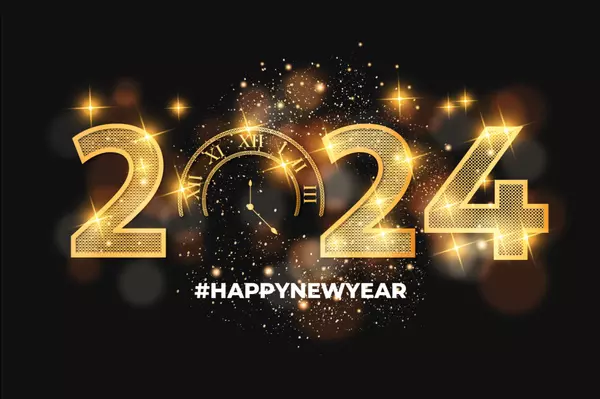

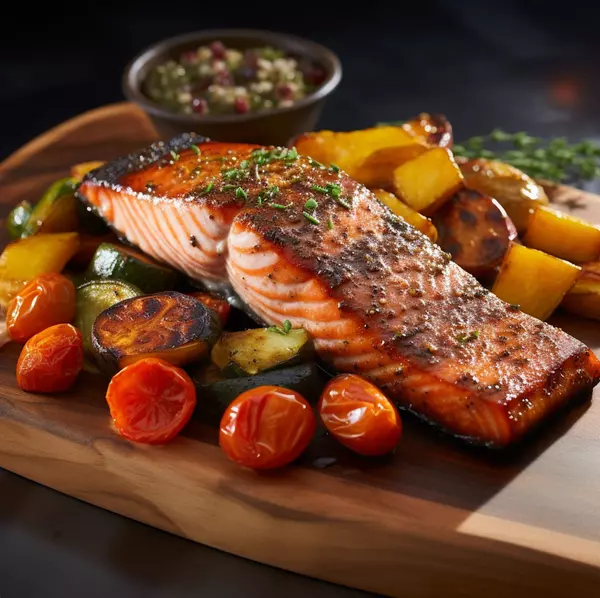
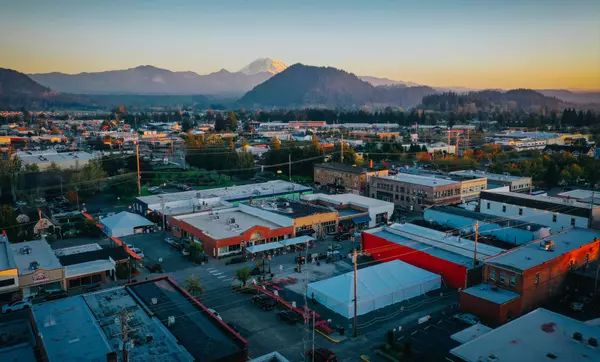
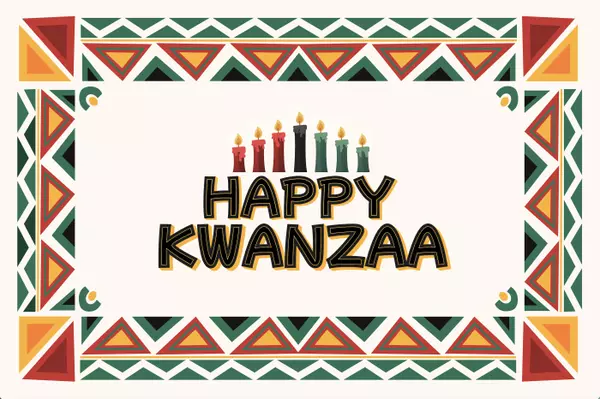

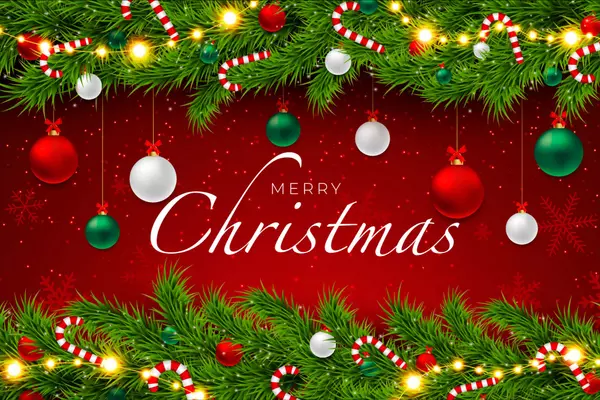
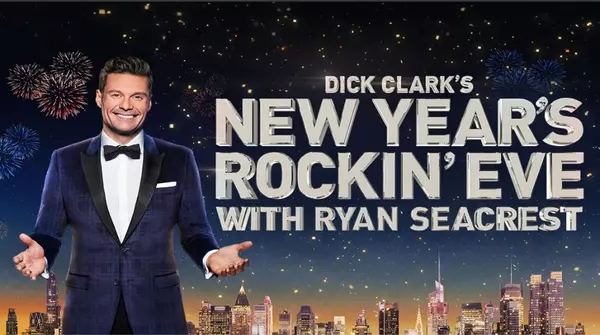
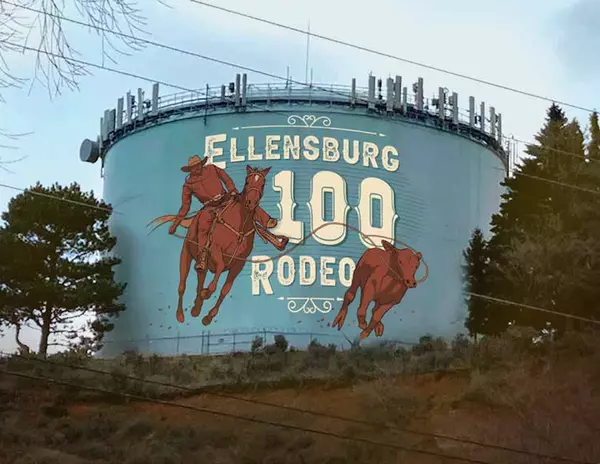
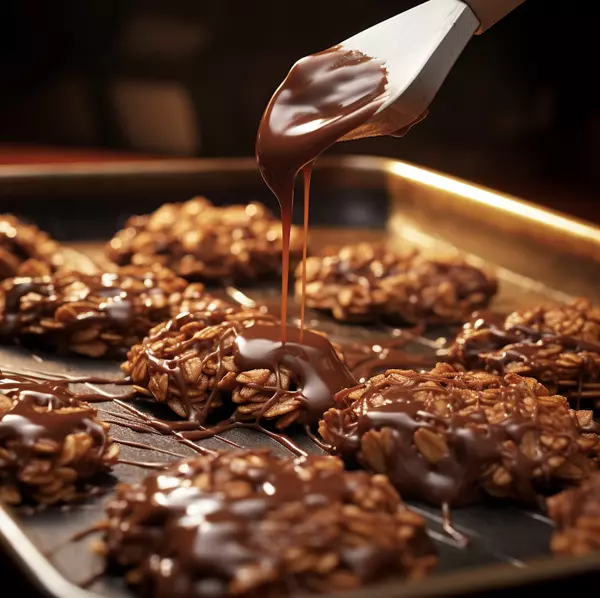
GET MORE INFORMATION

